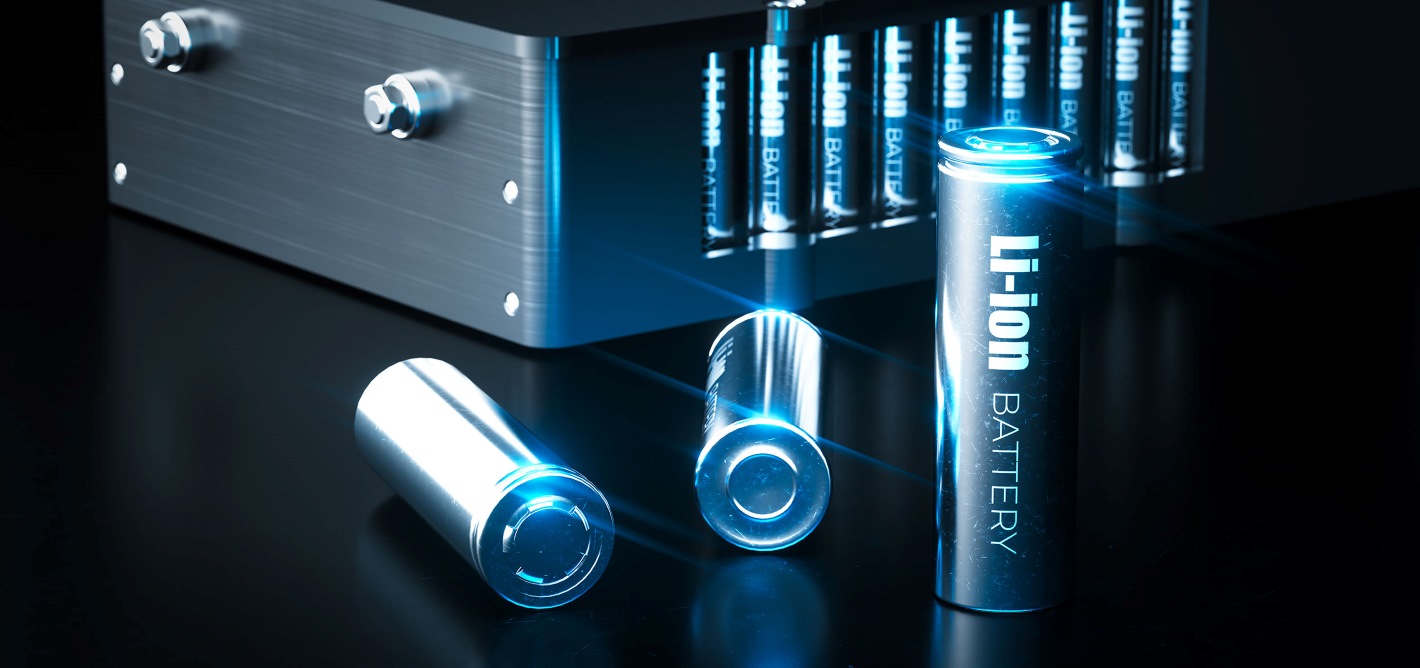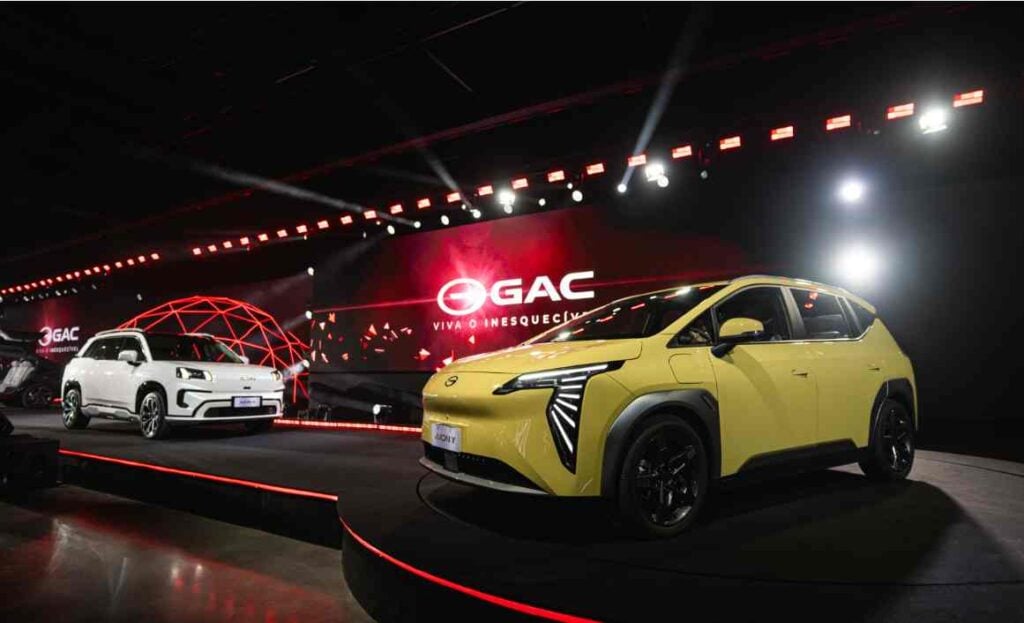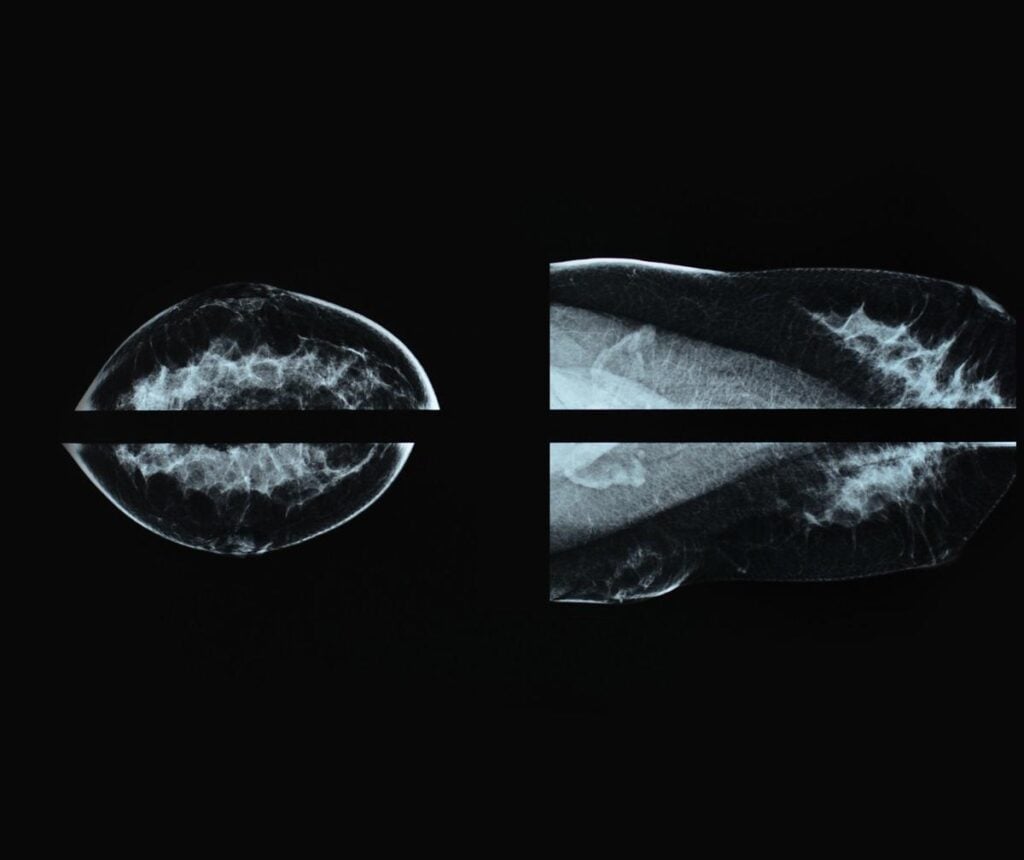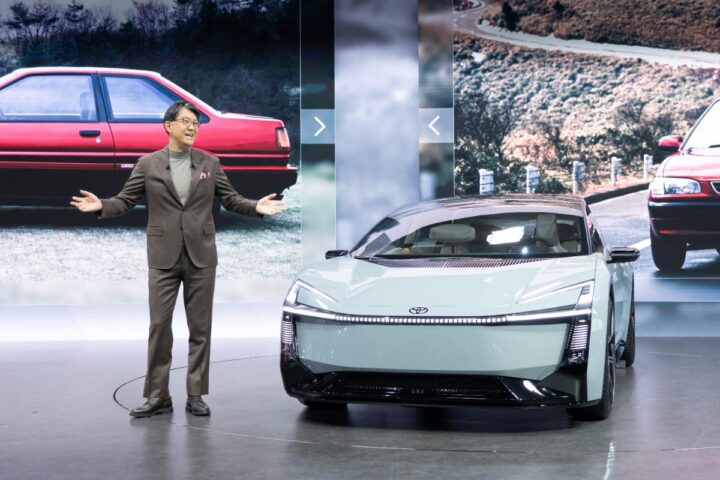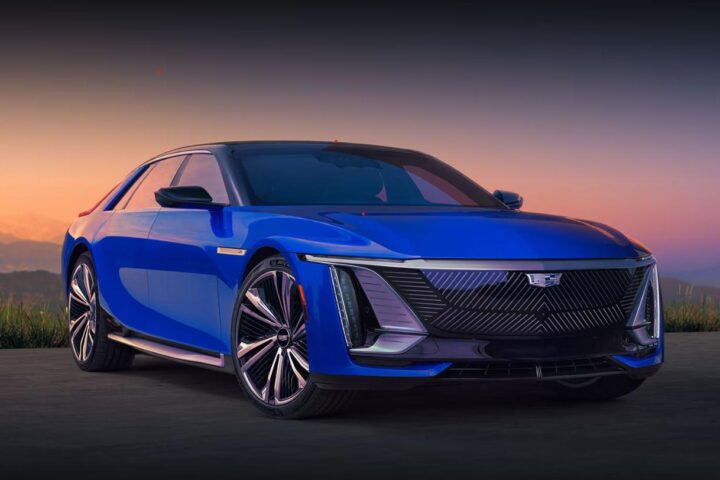University of Houston researchers have cracked a puzzle that has stumped battery scientists for decades. They figured out why solid-state batteries die and found a simple fix that could change how we power electric cars and phones.
The team used special microscopes to watch what happens inside these batteries while they work. What they saw surprised them. Tiny empty spaces called voids grow inside the battery over time. These spaces merge together and create big gaps that stop the battery from working properly.
Think of it like small cracks in a wall that slowly join together until the whole wall falls apart. That’s what was happening inside solid-state batteries, causing them to fail much sooner than expected.
The solution turned out to be surprisingly simple. Adding small amounts of magnesium to the battery’s negative electrode fills these voids as they form. It’s like having a repair crew that fixes cracks in the wall before they become a problem.
“We captured real-time, high-resolution videos of what actually happens inside a battery while it’s working,” said Lihong Zhao, who led the research. The work was published in Nature Communications, one of the world’s top science journals.
This discovery solves a major headache for electric vehicle makers. Current solid-state batteries need tremendous pressure to stay stable, like having to constantly squeeze them in a vise. This makes them heavy and expensive because they need thick, strong cases.
The magnesium fix changes that equation completely. These improved batteries can work well under much lower pressure. That means car manufacturers can use lighter, cheaper cases and still get better performance.
For electric cars, this breakthrough addresses several problems at once. Solid-state batteries don’t catch fire like regular lithium batteries can. They also hold more energy in the same space, which means cars could travel much farther on a single charge.
The pressure problem has been the biggest barrier keeping solid-state batteries out of everyday electric vehicles. Current electric car batteries use liquid chemicals that can leak or explode if damaged. Solid-state versions eliminate this risk because they use solid materials throughout.
Phone and laptop users could see benefits too. These improved batteries should last much longer between charges and be far less likely to overheat. Overheating batteries have caused phone recalls and safety warnings in recent years.
Similar Posts
The research team worked with Brown University scientists who provided computer models to understand exactly how the magnesium works. The US Department of Energy funded this work through their Battery 500 Consortium under the Vehicle Technologies Program.
Battery technology has been advancing rapidly, but solid-state versions have lagged behind despite their advantages. Major car companies have invested heavily trying to perfect these batteries, but manufacturing problems have kept them from reaching consumers.
Several other battery technologies are competing for the future. Sodium-ion batteries use cheaper materials than lithium and work better in cold weather. Some companies are already making these for certain applications. However, they store less energy than solid-state batteries and wouldn’t give electric cars the same driving range.
Quantum batteries represent another frontier, though they remain purely experimental. These would use quantum physics principles to charge almost instantly, but scientists haven’t proven they can work outside laboratory conditions.
The solid-state battery field has seen other recent advances. Different research groups have developed new materials for the solid parts and better manufacturing methods. However, the void formation problem has persisted across various designs until now.
Manufacturing costs remain a challenge even with this breakthrough. Solid-state batteries still require precise temperature control and specialized equipment to produce. The magnesium addition doesn’t change these requirements, though it does make the final product more reliable.
The Houston team plans to test other metals besides magnesium to see if they can make batteries even better. Early experiments suggest several options might work, potentially leading to batteries that last even longer or charge faster.

Commercial applications could start appearing within the next few years, though widespread adoption will take longer. Electric vehicle manufacturers typically need several years to test new battery technologies before putting them in cars that people buy.
This research represents a significant step toward solving battery anxiety that affects both electric car owners and smartphone users. By understanding exactly why these advanced batteries fail, scientists can now design better versions that last longer and work more safely.
